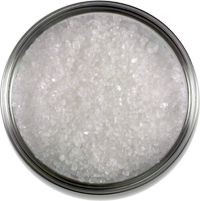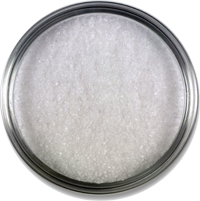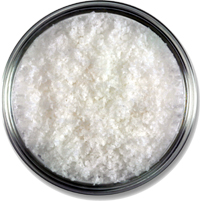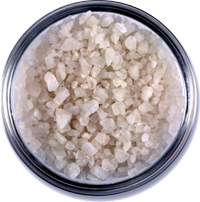Resources - What is salt?
Salt, or sodium chloride, is a chemical compound with the formula NaCl. For every gramme of salt, almost 40 per cent is sodium (Na) and over 60 per cent is chlorine (Cl). Salt has low toxicity and is completely non-flammable. If you look at table salt under a microscope, you can see that it consists of many cube-shaped crystals.
Salt occurs naturally in sea-water. A deposit is left when an area of sea-water becomes enclosed, and the sun causes the water to evaporate. Over many millions of years, other sediments have been deposited above the salt, leaving the beds of rock salt, or halite below the surface.
Over the years, our uses for salt have grown. At first, it simply provided a vital diet supplement and a means of food preservation. Later, it formed a fundamental ingredient for the processes of tanning, dyeing and bleaching. Then, as knowledge and ambition developed, salt came to be used for glazing pottery, soap-making and the early manufacture of chlorine. As such, it was the catalyst that inspired what has now evolved into today's chemical industry.



